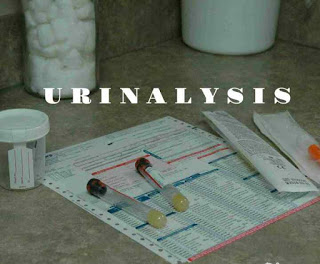Your health evaluation is incomplete without the findings of laboratory tests of blood and urine. Your doctor or his assistant may give special instructions about food and water intake well in advance of the time you are going to deliver your specimen because those factors can
influence the chemical makeup of your sample.
Laboratory Tests of Urine
The time of day of the collection also can affect the composition of the sample; urine voided early in the morning is likely to be more acid in content, while urine collected after a meal may be more alkaline.
Thus, for a routine physical, your doctor may advise that a sample is taken at your office in the morning. But you must not eat since the previous evening meal.
The doctor also may want not the first, but the second specimen of the day. In some cases, depending upon the patient’s complaint, the doctor may request a collection of all the urine voided during a period of 12 or 24 hours.

CHEMICAL CONTENT OF A URINE?
A typical sample is, of course, mostly water. But it also may contain about two dozen identifiable minerals and other chemicals, including sodium, potassium, calcium, sulfur, ammonia, urea, and several different acids. A urine sample can range in color from pale straw to dark amber, depending upon the concentration,
It also can be other colors, including orange or blue, Or even colorless
depending upon foods eaten, medications taken, diseases, or exposure to toxic substances.
WHAT ARE THE APPEARANCE AND ACIDITY OF URINE?
The sample’s general appearance, including color, as noted by the laboratory technician. The sample also is tested for acidity or alkalinity, normal urine being just slightly on the acid side of neutral.
Urine that is definitely acidic can be a sign of a variety of disorders, including certain metabolic problems. Urine that is markedly on the alkaline side of neutral also can suggest a number of possible disorders, including an infection of the urinary tract.
Alkalinity could also be caused by certain medications, or even by the parent’s use of large doses of bicarbonate of soda. Foods rich in protein can make your urine more acidic, while citrus fruits and some vegetables may tend to make it more alkaline.


